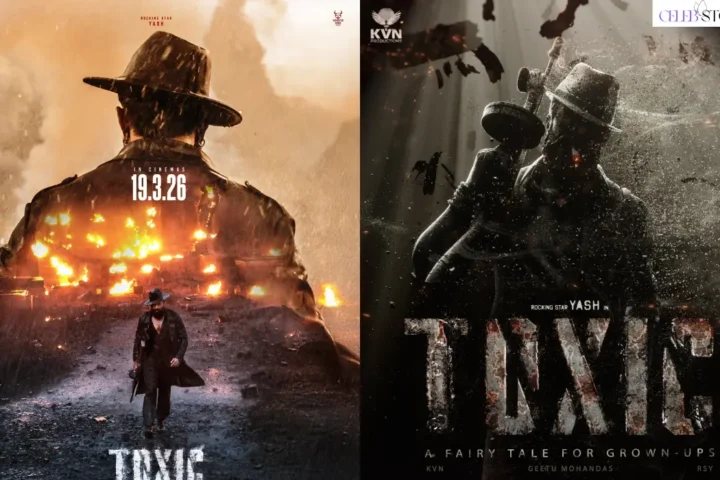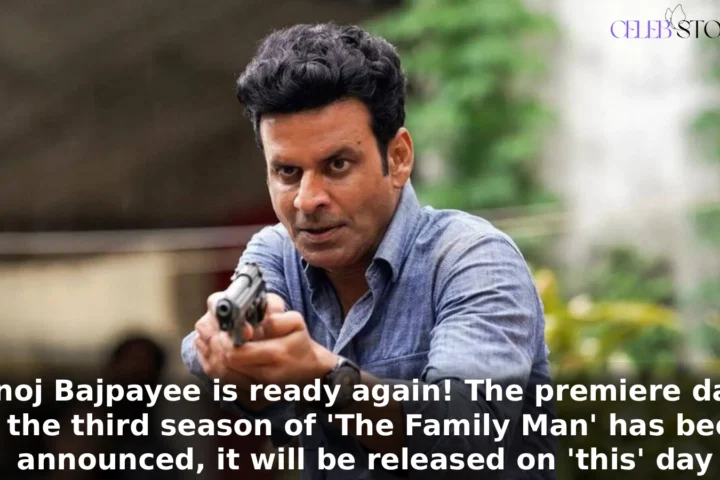Aamir Khan’s much-anticipated film Sitaare Zameen Par finally hit theatres on June 21, 2025—but not without a few last-minute tweaks. The Central Board of Film Certification (CBFC) mandated five specific changes before granting the film a U/A certificate, sparking conversations around censorship, political sensitivity, and the evolving landscape of Indian cinema.
Let’s dive into the five key modifications that reshaped the final cut of Sitaare Zameen Par, a film already under the spotlight for being a spiritual successor to the 2007 classic Taare Zameen Par.
1. Inclusion of PM Modi‘s Quote in the Opening Disclaimer
Perhaps the most headline-grabbing change was the insertion of a quote by Prime Minister Narendra Modi in the film’s opening disclaimer. The quote references the year 2047—India‘s centenary of independence—and emphasizes the nation’s vision for the future.
While the exact wording of the quote hasn’t been officially disclosed, its inclusion has stirred debate. Supporters argue that it aligns with the film’s inspirational tone, while critics question the necessity of political messaging in a fictional narrative.
2. Removal of the Word “Kamal” from Visuals and Subtitles
Another significant edit involved the removal of the word “kamal” (lotus) from both the film’s visuals and subtitles. Given that the lotus is the symbol of a major political party in India, its presence—even in a non-political context—was deemed potentially controversial.
This change reflects the CBFC’s increasing sensitivity to political symbolism in cinema, especially in a pre-election year. It also raises questions about creative freedom and the extent to which filmmakers must self-censor to avoid unintended political interpretations.
3. Gender-Neutral Language: “Business Woman” Replaced with “Business Person”
In a move applauded by gender rights advocates, the CBFC asked the filmmakers to replace the term “business woman” with “business person.” This subtle yet meaningful change aligns with the growing push for inclusive language in media.
While some may view this as a minor edit, it signals a broader shift in how Indian cinema is adapting to global conversations around gender neutrality and representation.
4. Voice-Over Disclaimer Replaces On-Screen Text
The original 30-second on-screen disclaimer at the beginning of the film was replaced with a 26-second voice-over version. This change was reportedly made to improve accessibility and ensure that the disclaimer is both seen and heard by audiences.
It’s a small but thoughtful adjustment that reflects the CBFC’s evolving approach to viewer engagement and compliance with certification norms.
5. “Michael Jackson” Replaced with “Lovebirds” in Subtitles
In a surprising twist, the CBFC also requested that a reference to “Michael Jackson” be replaced with “Lovebirds” in the film’s subtitles. While the rationale behind this change remains unclear, it may have been prompted by concerns over copyright, cultural sensitivity, or contextual relevance.
This edit underscores the meticulous scrutiny that films undergo before release, especially when referencing global pop culture icons.
The Bigger Picture: What These Changes Mean for Indian Cinema
The five edits made to Sitaare Zameen Par are more than just technical adjustments—they’re a reflection of the complex interplay between art, politics, and social responsibility in contemporary India.
Political Sensitivity and Creative Expression
The inclusion of a Prime Minister’s quote and the removal of politically symbolic language highlight the tightrope filmmakers must walk when navigating political landscapes. While cinema has always been a mirror to society, it’s increasingly becoming a battleground for ideological narratives.
Inclusivity and Representation
On a more positive note, the shift toward gender-neutral language and accessible disclaimers shows that Indian cinema is evolving to be more inclusive and socially aware. These changes, though subtle, contribute to a broader cultural shift that values diversity and equity.
The Role of the CBFC
The Central Board of Film Certification has long been a gatekeeper of cinematic content in India. While its role is to ensure that films adhere to legal and cultural norms, critics argue that overreach can stifle creativity. The changes to Sitaare Zameen Par reignite the debate on where to draw the line between regulation and censorship.
About the Film: Aamir Khan’s Return to Social Drama
Directed by RS Prasanna, Sitaare Zameen Par is the official Hindi adaptation of the 2018 Spanish film Champions. It follows the journey of a hot-headed basketball assistant coach—played by Aamir Khan—who is sentenced to community service and ends up mentoring a team of specially abled adults.
The film also stars Genelia Deshmukh and features a cast of fresh faces, adding authenticity and emotional depth to the narrative. Billed as a spiritual sequel to Taare Zameen Par, the film explores themes of redemption, empathy, and the transformative power of sports.
Final Thoughts
The five changes made to Sitaare Zameen Par offer a fascinating glimpse into the behind-the-scenes negotiations that shape the films we watch. From political messaging to inclusive language, each edit tells a story of its own—one that reflects the evolving values, sensitivities, and expectations of Indian audiences.
As viewers, it’s worth asking: Are these changes enhancing the cinematic experience, or are they diluting the filmmaker’s vision? Either way, Sitaare Zameen Par has already succeeded in sparking a conversation—and perhaps, that’s the most powerful edit of all.
Read more:
- Will Ananya Pandey play ‘Manjulika’ in ‘Bhool Bhulaiyaa 4’? Kartik Aaryan’s post gave a hint
- Dharmendra Hospitalised: Veteran actor Dharmendra’s health deteriorates, admitted to Breach Candy Hospital in Mumbai
- Sonakshi Sinha gets angry after seeing the leaked photo of pregnant Katrina Kaif, says – “You are no less than criminals…”
- Aishwarya Rai is richer than Abhishek Bachchan, how much is the actress’s net worth? Find out.
- Did Rakhi Sawant really sell both her kidneys for Salman? She said…’With the money she got, she bought valuable things…















